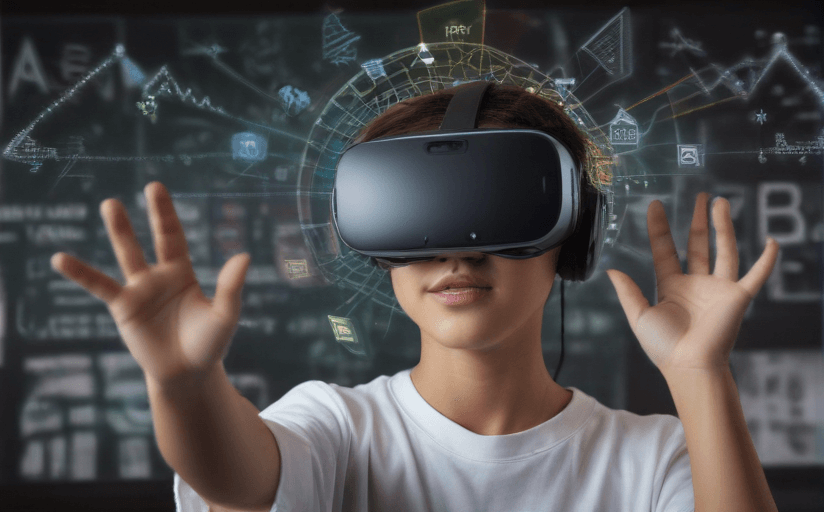A Comprehensive Look at How Virtual Reality Technologies are Revolutionizing Modern Education
Virtual Reality (VR) technologies have emerged as transformative forces in modern educational settings, providing immersive, interactive experiences that bolster teaching and learning processes across all levels of education, from primary schooling to higher education. VR has far-reaching implications for the education sector, offering unique learning environments that enhance understanding, spur engagement, catalyze performance, and improve accessibility.
The Rise of Virtual Reality in Education
The advancements in VR technology have been instrumental in their application within education. The increased sophistication of VR devices such as the Oculus Rift, HTC Vive and Google Cardboard have opened up new frontiers for education, allowing for immersive experiences that extend the boundaries of traditional classrooms.
The Benefits of Virtual Reality in Education
VR technologies offer several unique benefits in educational settings. A few of these benefits include:
- Enhanced Understanding: VR provides a three-dimensional visual representation which promotes a deep understanding of complex concepts.
- Increased Engagement: The immersive nature of VR promotes active participation, thereby increasing student interest and engagement.
- Improved Performance: The hands-on nature of VR learning aids retention, leading to improved academic performance.
- Greater Accessibility: VR technologies can bring remote and inaccessible environments, such as outer space or deep underwater, right into the classroom.
Challenges of Incorporating VR in Education
Despite its immense potential, the incorporation of VR in educational institutions is not without its challenges. These include high costs of equipment, a lack of VR content for some subjects, and the technical challenges of integrating VR applications into existing infrastructures.
Virtual Reality in Various Education Systems
VR's impact is felt across all levels of education from primary to higher education. Its application varies, ranging from simplified experiential learning modules for younger students to sophisticated simulations for advanced academic research at the university level.
A Showcase of Improvements Due to VR Technologies
Several studies and anecdotal examples demonstrate the effectiveness of VR in education. For instance, Stanford University's Virtual Human Interaction Lab has been experimenting with VR to teach about environmental conservation. Students exposed to these VR experiences have shown a significantly greater commitment to conservation compared to those taught through conventional methods.
Another example is of VictoryVR, a company that offers VR science curriculums. Schools implementing their curriculums have reported an increase in students' test scores and a deeper understanding of complex scientific concepts.
Conclusion
The convergence of VR and education offers tremendous possibilities for reinventing our learning environments. While there are challenges to be addressed, with continuous advancement in the technology and research in this sphere, VR is undoubtedly set to play an increasingly significant role in shaping the future of education.




















Comments
Leave a Comment